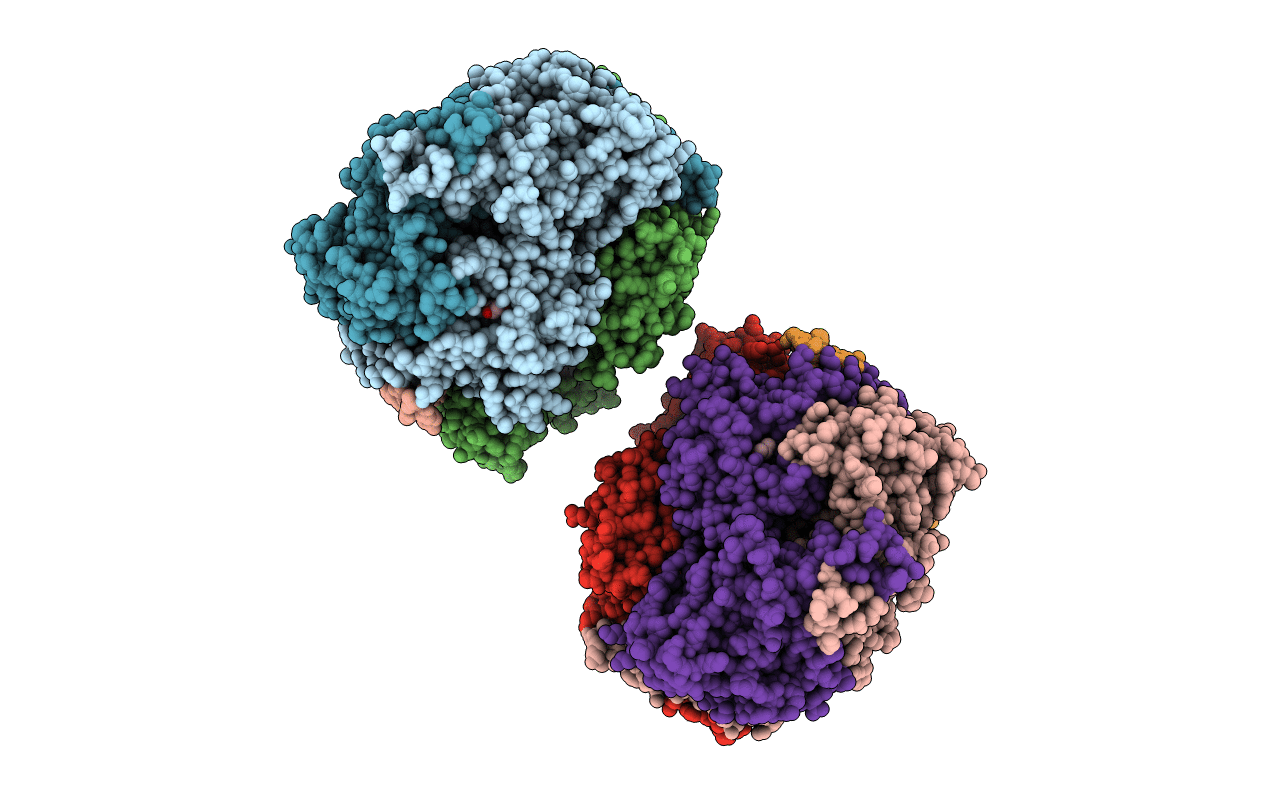
Deposition Date
2019-09-27
Release Date
2019-12-25
Last Version Date
2024-01-24
Entry Detail
PDB ID:
6SY7
Keywords:
Title:
Structure of Trypanosome Brucei Phosphofructokinase in complex with AMP.
Biological Source:
Source Organism:
Trypanosoma brucei brucei (Taxon ID: 5702)
Host Organism:
Method Details:


